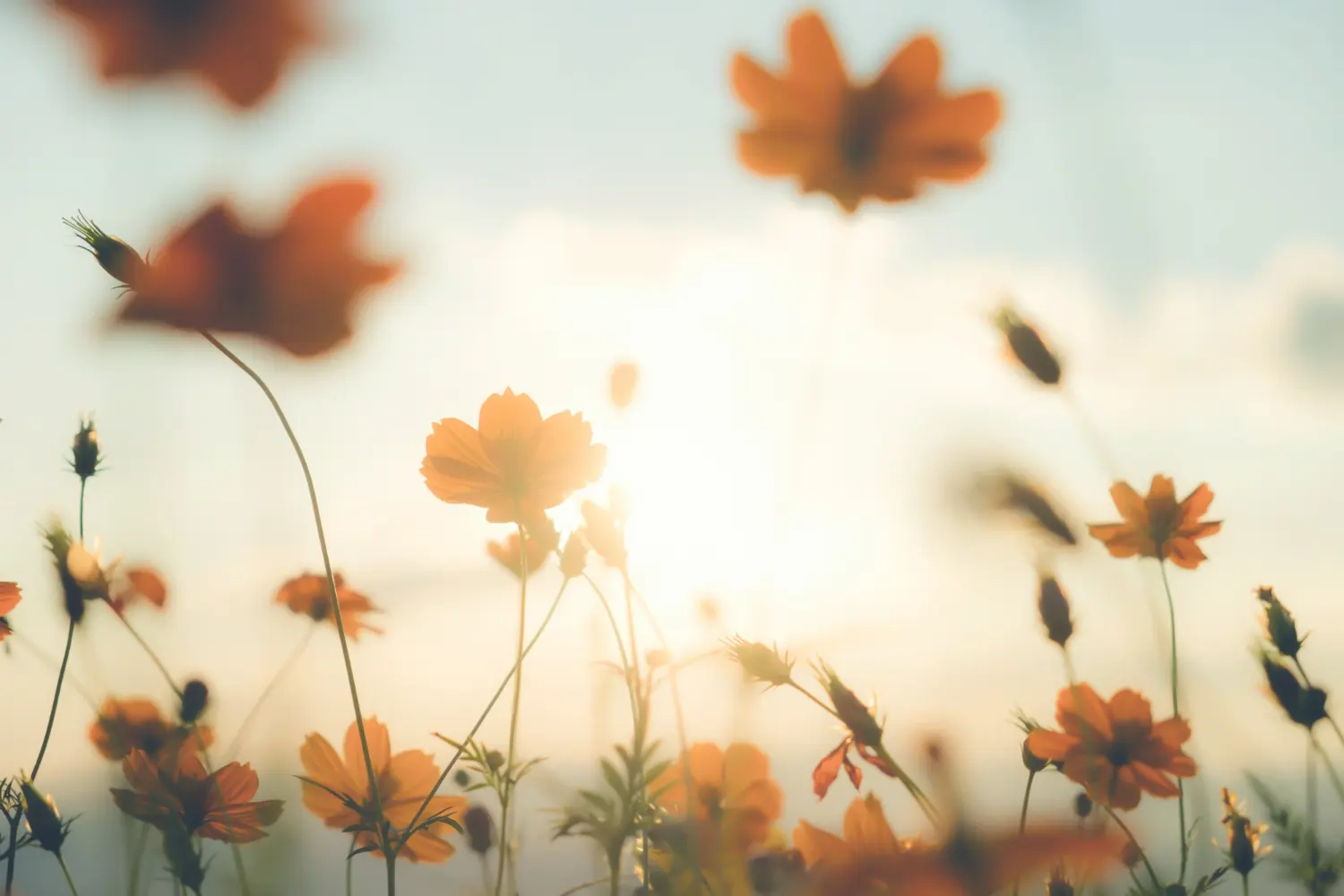
© Freepik
May 14, 2025
Margit Hiebl
- Mental Health
- Mind
Why do we have spring fever?
It fills volumes of poetry, causes outbursts of emotion or energy surges. But what's actually going on?

© Freepik
May 14, 2025
Margit Hiebl
It fills volumes of poetry, causes outbursts of emotion or energy surges. But what's actually going on?
Spring is like a party where you lose a bit of control. Finally lightness again. From nothing, life arises again. As if someone poured color into a black and white still image, pressed the enter key and turned on the speakers. You could hug the whole world. Full of drive to tackle everything: from cleaning the house (spring cleaning!) to falling in love again (spring fever!). The feeling of a new beginning - that even our ancestors had. And for them, it was not just about quality of life, but a vital necessity, as the winter supplies were slowly running low.
The reason for this, to return to the party image, is a cocktail of hormones that like to wear party hats. First and foremost, dopamine - something like the personal cheerleader that always motivates and drives us. And then norepinephrine too - it always causes a bit of Stress, but on the other hand is also a source of energy that keeps us awake and alert. And serotonin - the mood enhancer that already distributes the rose-tinted glasses. Why are these particularly in the mood to party in the spring? A major biological trigger is the Light. The increasing duration and intensity of light is transmitted through the retina of the eyes to the pineal gland - a conglomerate of nerve cells in the Brain – transmits. This gives the signal for the start of the party by reducing the production of melatonin.
This makes us more awake and receptive to stimuli. In addition, the production of sex hormones increases, which, however, studies suggest, no longer affects human reproduction. Civilizational advances such as artificial light, heating, and, not least, modern Contraceptive methods apparently have shown effect. Even if result orientation in terms of reproduction in humans is not clearly provable today, the hormone power nevertheless provides partial spring awakening and butterflies in the stomach. According to researchers, external stimuli also contribute to more libido and willingness to flirt: It is warmer, we are more open, and we send out appropriate signals.

© Freepik
Plants have a type of light sensor.
The fact that offspring used to be timed for winter was more due to the fact, for example, that there was less work to be done in the field and one could take care of the offspring. The timing remains less strategic with many mammalian species: Here, light clearly affects the willingness to mate. Also, the fact that many plants sprout in spring usually has to do with light; they have a kind of light sensor.
Everyone feels how much light also affects the mood. Especially people suffering from SAD (Seasonal Affective Disorder). Because this is caused by about 60 percent by lack of light, which triggers a so-called Winter depression applies. For comparison: In spring, there is a lux value of up to 70,000, in winter on cloudy days it's only about 3500. That's just the light value that humans need daily - and usually you get even less because you spend more time indoors.
So is light a mood enhancer? Yes, but unfortunately this does not apply to all forms of DepressionBecause often, and this is the flip side, the discrepancy between perceived external and internal mood worsens the clinical picture. But psychologically healthy people can also have adjustment difficulties - the so-called spring fatigue. However, once the internal clock is readjusted - after about two to four weeks - it should disappear again.
Apart from Hormones and light values: What makes the spring feeling? There are explanations or interpretations from artists of all genres. The list of poets who were overwhelmed by spring is long and reads like the who's who of Romanticism: From Mörike's Spring lets its blue ribbon, flittering through the air again, to Goethe's Easter walk in Faust I. Spring feelings were also expressed on the screen: In Botticelli's conception of Primavera the goddess Venus gathers colleagues around her in an orange grove to herald the spring - from Flora, the goddess of plants, to Amor, who is already drawing the bow. Giuseppe Arcimboldo was inspired by spring for one of his anthropomorphic still lifes - and created a portrait with a collage of flowers and leaves.
Impressionist Claude Monet dedicated several tender mood pictures to spring. Even Georgia O’Keeffe, a representative of American modernism, couldn't resist: In the painting Spring she lets her iconic giant flowers overgrow her husband's photo studio. Spring is also often interpreted in music across time. In Antonio Vivaldi's Four Seasons the trained ear hears bird chirping, rustling leaves, spring storm, and shepherd dances in the spring part. And with the text to Here comes the sun the Beatles were already very close to the scientific explanation
The feeling of spring is multifaceted. In all interpretations, one feeling resonates: the desire for a new beginning – at every age. It's no wonder they talk about the second spring. And even if the allure of spring is first noticeable in the nose. A little tip: go to the city in the morning and to the countryside in the evening, where the pollen concentration is lowest. Because spring fever should not be spoiled.